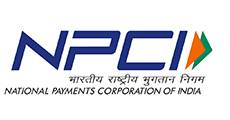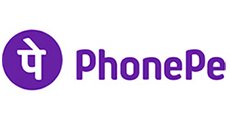Talk to an Expert
For More Information
+1 650 789 7775Test your SaaS for resilience. Test your applications to meet compliance mandates, check on security or simply unearth something you didn't know before.
Migrate to the latest PCI DSS v4.0 standards. Learn about the caveats and the evolution of the standard from our experience as a member of the PCI GEAR.
Test your mobile applications for cybersecurity issues, before release. iOS and Android applications are the cornerstone of your startup story.
Standardized requirements for establishing, implementing, maintaining, and continually improving an Information Security Management System (ISMS).



At Crossbow Labs, we understand each industry's unique challenges and craft strategies to align with your goals.
We empower businesses of all sizes, from startups to global enterprises, with tailored cybersecurity and compliance solutions. Our expertise in navigating evolving threats and regulations has earned the trust of industry leaders worldwide.
We proactively safeguard sensitive data and ensure compliance, fostering resilience and driving success in today's dynamic digital landscape. Partner with us to protect your digital assets.

IT GRC has evolved with innovations in technology and ambitions of bright young minds. The rules of the game ought to change and that is why we are prepared.
Rapid application development and continuous support to consumers, means that today’s startups need agile cybersecurity approaches, which are fast and reliable.
Yes, Crossbow can help with that !

Cybersecurity adherence and compliance programs often require validations by independent third party organizations to obtain a neutral stand on implementation of the programs.
Crossbow is an accredited certifying body for various compliance programs and an accredited assessor for cyber security standards.

Ensure robust adherence and compliance with critical cybersecurity standards through our expert managed services, facilitating independent validation by accredited bodies like Crossbow for a neutral, authoritative assessment of your security posture, building trust and meeting regulatory demands globally.
Crossbow has extremely ambitious teams and state of the art management techniques, to manage your cyber security landscape.













We are proud to partner with businesses of all sizes, from innovative startups to global enterprises, delivering tailored cybersecurity and compliance solutions that address unique challenges across industries. Our commitment to excellence, combined with a deep understanding of evolving threats and regulations, has earned us the trust of industry leaders worldwide.
From safeguarding sensitive data to ensuring compliance with complex standards, we work closely with our clients to provide proactive and effective security strategies. Below are some of the esteemed organizations that rely on us to protect their digital assets, foster resilience, and drive their success in today’s dynamic digital landscape.
At Crossbow, we provide customized cybersecurity and compliance solutions across a wide range of industries. From finance and healthcare to technology and retail, our expertise ensures that every business, regardless of its size or sector, receives the protection it needs to thrive. With deep insights into industry-specific challenges, we help you safeguard your operations, comply with regulations, and build trust with your stakeholders.